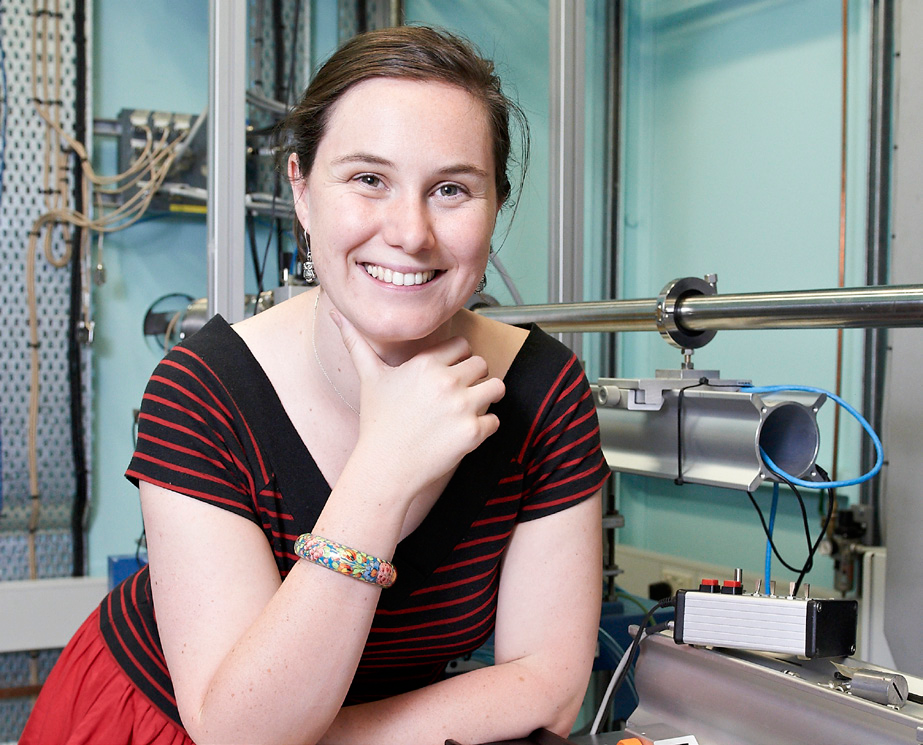Australian Nuclear Science and Technology Organisation’s (ANSTO) Graduate Program is run every two years. The next intake of graduates will be in February 2015 (recruitment campaign began in March 2014). - See more at the ANSTO website.

Dr Helen Maynard-Casely attended the Session A Partners’ Day on behalf of ANSTO. She is an Instrument scientist at ANSTO and holds a MSc Planetary Sciences (University College London, UK), PhD in Physical Crystallography/High Pressure Physics (University of Edinburgh, UK)
Helen Maynard-Casely was hooked by planetary sciences as teenager when she saw a TV program that told of planets and moons in our solar system with exotic geological materials unlike anything found on earth.
Her undergraduate planetary sciences degree introduced her to crystallography, where neutrons and X-rays are used to detect the structure of materials on an atomic and molecular scale. The technique played a starring role in her PhD in Scotland, where she continued to follow her passion for extra-terrestrial materials.
Maynard-Casely’s research recreated the extreme high pressures found on Uranus, Neptune and Titan to synthesise the materials found there, probing them in detail using crystallography. Now at ANSTO, she uses WOMBAT, one of the most powerful neutron diffractometers in the world, to investigate the geology of the moons of Jupiter.
As a crystallography expert, she also helps other scientists and is currently working on projects in renewable energy and forensic science. She loves the variety in her work, collaborations with interesting people and opportunities to work around the world. “I genuinely believe I have the best job in the world,” she says.
She advises students interested in a career in science to keep studying maths and is grateful for “awesome” advice from a family friend who persuaded her not to drop the subject when she was 16.
“It really kept my options open when choosing uni courses,” she says.